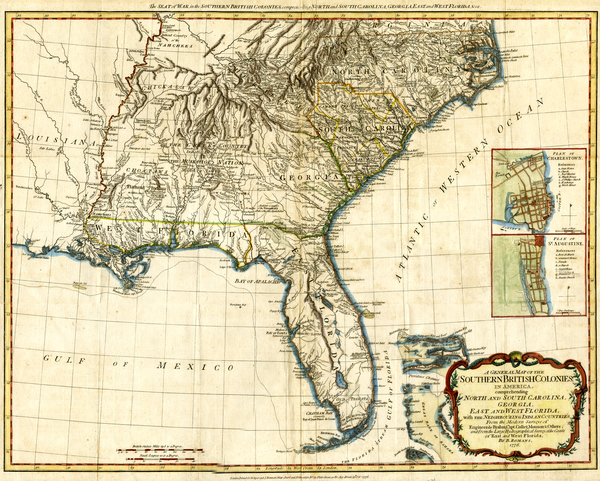Photo courtesy of Julie Armstrong & Thomas Hallock
By Matthew McGovern
As the culmination of an idea that spurred over a decade ago, University of South Florida St. Petersburg English professors Julie Armstrong and Thomas Hallock are editing a two-volume anthology of Florida’s literary history with the help of students.
Since arriving at USF in the early 2000’s, the pair have developed a deep love for the state of Florida, believing that they should teach on the ground on which they stand, especially in a location with a history as rich as the Sunshine State’s
The anthology has been a work in progress since the mid-2010s. Armstrong and Hallock have consumed innumerable amounts of literature about the state of Florida in their time as professors at USF.
The project is a joint effort, with Hallock serving as the lead editor on the first volume of the anthology, which encompasses the literature of the state dating back to 1513 with the arrival of Ponce de Leon and Spanish colonial settlers up to 1845, near the end of the Seminole Wars.
Volume one entailed a great deal of work for Hallock, given that many early Florida texts require translation and re-contextualization.
“Many of the poems were still written in 16th-century Spanish, and it took a long time not only to translate them, but to then make them meaningful,” he told The Crow’s Nest. “That was really the breakthrough because we were able to push beyond what had already been done and really get into things that are identifiable as literature.”
The texts include accounts of early settlers, as well as Seminole and Miccosukee folk tales recounting the arrival of the white man to the Americas.
Both Hallock and Armstrong are authors of their own novels, but this project has presented them with the challenge of being a curatorially-oriented process.
“Editing is almost like writing with someone else’s words. And it’s almost as much work to edit 100,000 words by another author as it is to write your own 100,000 words,” Hallock said.
This undertaking has allowed Hallock and Armstrong to tap their graduate students in the Florida Studies program at USF St. Petersburg.
Students such as Benjamin Brothers, who is serving as an associate editor on both volumes of the anthology, have helped compile excerpts and edit.
 Photo courtesy of Florida Memory
Photo courtesy of Florida Memory
Some of the readings in the first volume of the anthology include descriptions of the leisurely activities practiced by indigenous people native to North Florida and South Georgia.
Armstrong is the lead editor on volume two, which includes the work of literary legends like Marjory Kinnan-Rawlings, Zora Neale Hurston and more.
Though the lineup of authors is star-studded, there are a few hidden gems, according to Armstrong.
“My favorite is finding somebody that people may not know. Gary Mormino, the historian, tells me that Louisa Capetillo was a cult figure in Ybor. She was a Puerto Rican feminist, anarchist and fervent wearer of men’s trousers,” Armstrong said.
“It’s something that people don’t really know about, but I want to make sure they come away from the anthology knowing.”
The two-part anthology is the brainchild of Hallock and Armstrong, stemming from a conversation they had ten years ago. The duo expressed that state and federal funding are pivotal in producing literature that preserves the legacy of the state of Florida and the U.S. at large.
“The Florida Humanities Council received a National Endowment for the Humanities grant that supported the 500th anniversary of Ponce de Leon coming to Florida,” Hallock said. “We would not have been able to do this project, I don’t think, without NEH federal support and the Florida Humanities [Council]”
Armstrong echoed this sentiment, highlighting that the process relies heavily on collaboration, specifically with students.
“We’ve tried very hard in our acknowledgments to credit the student work,” Armstrong said. “Students who have worked on these projects get some very tangible skills in curating and something a bit more artistic.”
Volume one of the anthology is slated to publish in late 2026.
Hallock and Armstrong are hopeful that it will be able to leave the legacy of more than just a textbook with an appeal for a more general readership.
“We’re the zookeepers of culture in a way, and so I really think it is important to tend to the culture in the state,” Hallock said.
Post Views: 56
Written by: Matthew McGovern on November 4, 2025.
Last revised by: Alisha Durosier
